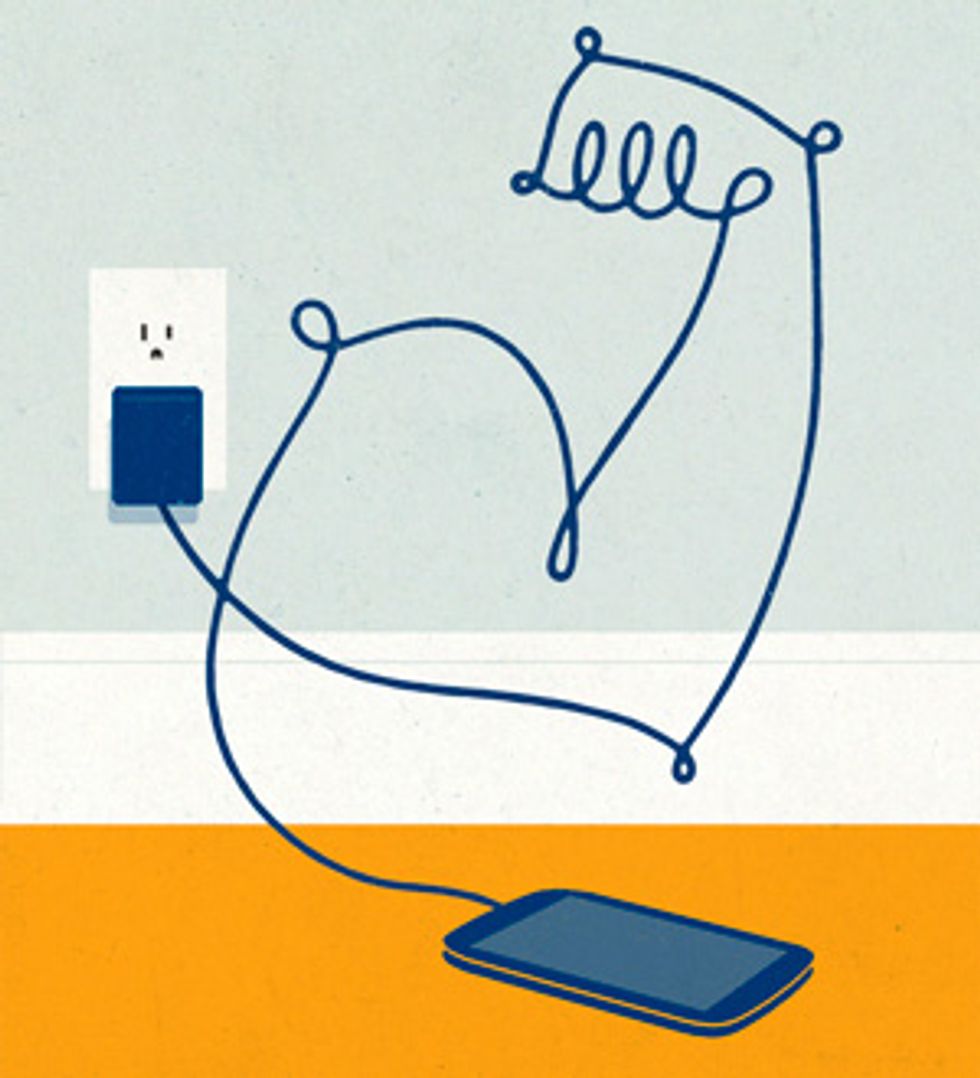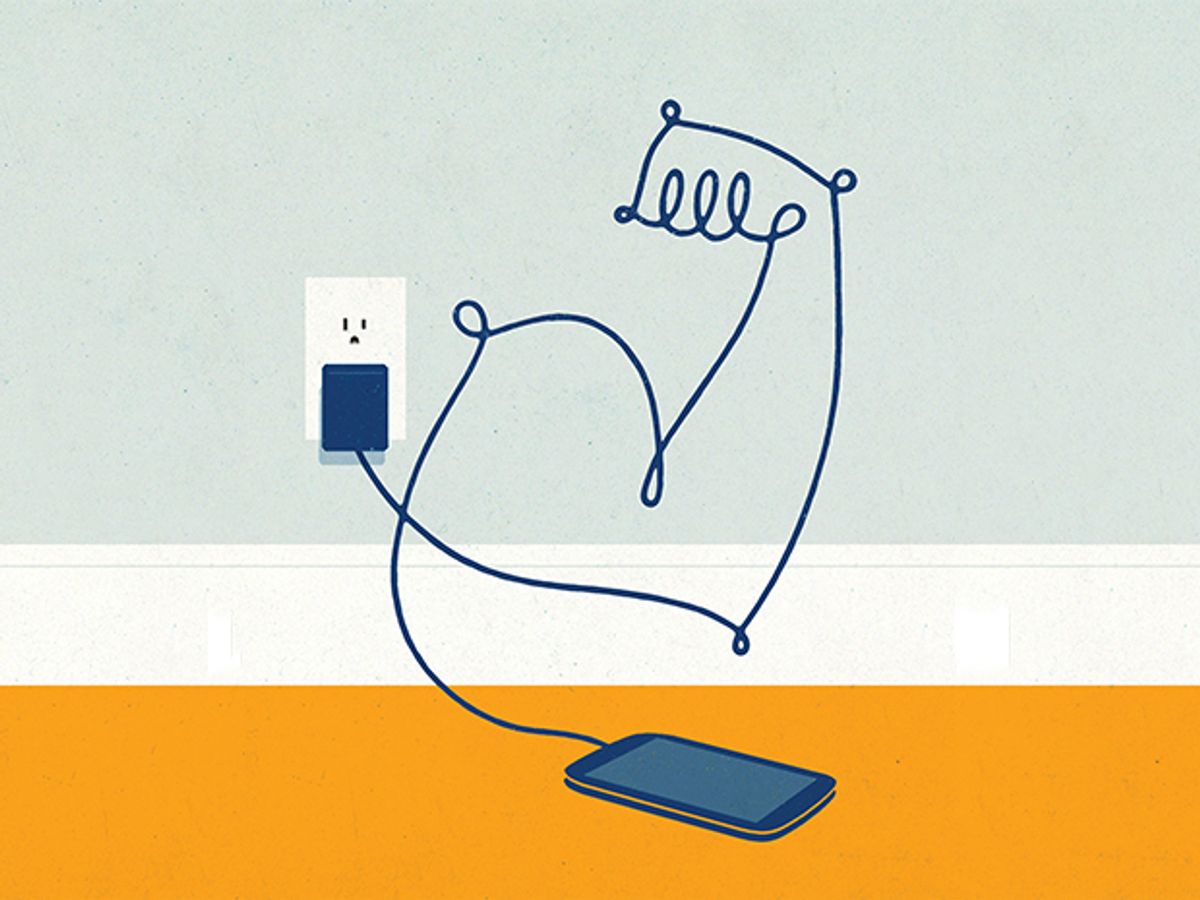
The most complex electronic device commonly found in households is undoubtedly the smartphone, which epitomizes the brilliance and wonder of current electrical engineering technology. The depth of complexity in a smartphone’s circuitry, software, and algorithms is such that any single engineer can understand only a fraction of its entirety.
However, today I write in praise of the simplest piece of electronics in households. A little gadget that is both ubiquitous and unnoticed. It is something that is unappreciated until you forget to take it with you when you’re traveling.
It’s the little AC adapter that converts household power to the 5 volts that keeps your electronic gadgets happy.
There are at least a half dozen of these adapters with their connecting cords tangled at my feet right now. More are scattered around the house, and upstairs there is a box of older adapters that I’m afraid to throw out. I have no idea what they connect to, but maybe I’ll find that I need one and that it is irreplaceable. All different kinds of connecting plugs are represented, and few of them are labeled with any information that indicates what device they are supposed to support. Other AC adapters are embedded in electronics such as televisions and audio equipment. And there are a lot of other AC adapters around me that are hidden in the bases of the LED lightbulbs.
The older adapters are mostly heavy wall plugs of the kind that use up your sockets while blocking adjacent ones. They use sizeable transformers and are probably linear power converters. Newer adapters got smaller and smaller, and the newest ones—those that are associated with the present generation of cellphones—are no bigger than standard AC plugs. Obviously, they use switching supply technology.
The appeal of the AC adapter to me as an electrical engineer is that it is a return to the roots of engineering. So many of us today work at much higher levels than are represented by the simple circuitry of AC power conversion. No one could design a cellphone from scratch. A hierarchy of complexity allows an engineer to interconnect existing modules of software and hardware to create some new functionality without having to understand all the detail at the lower levels.
In contrast, the circuitry of an AC adapter looks like a diagram from an EE 101 textbook. There is a full-wave rectifier whose output is chopped by an oscillator to produce a higher-frequency wave, which is then regulated and converted through a split-core transformer that serves the purpose of both energy storage and isolation. A feedback circuit adjusts the chopper to produce the correct output voltage irrespective of the input AC voltage. There are obvious trade-offs between size, cost, and capacity, but also design alternatives—chopper frequency, transformer size, output ripple, efficiency with and without load, risk of core saturation, electrical noise, and so forth. This all makes the adapter actually complicated enough that a detailed analysis involves many issues covered in an engineering education (especially analog circuitry) that may seldom crop up in modern design.
I’m really tempted to cut open one of the very latest adapters, but I’m afraid of what I’d find. Maybe there wouldn’t be anything inside at all.
This article originally appeared in print as “Little Things Mean a Lot.”
